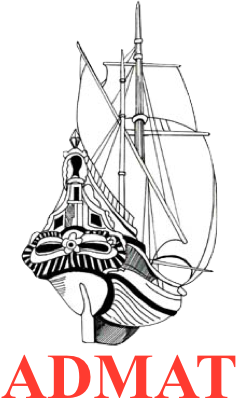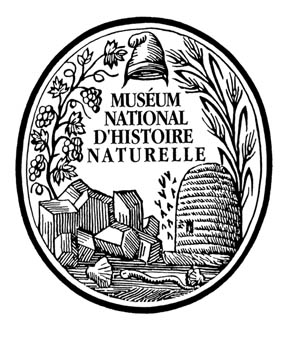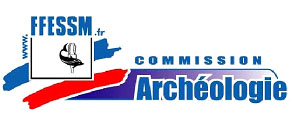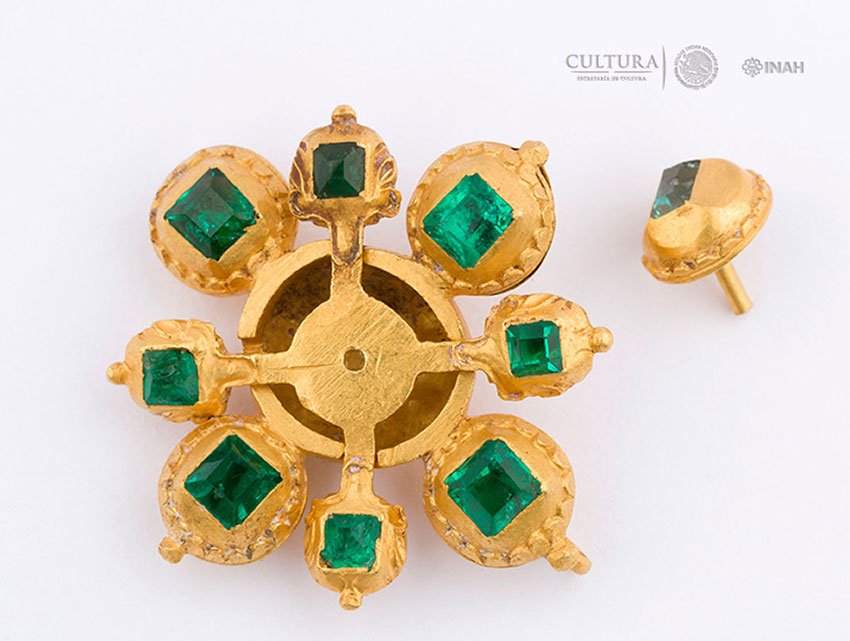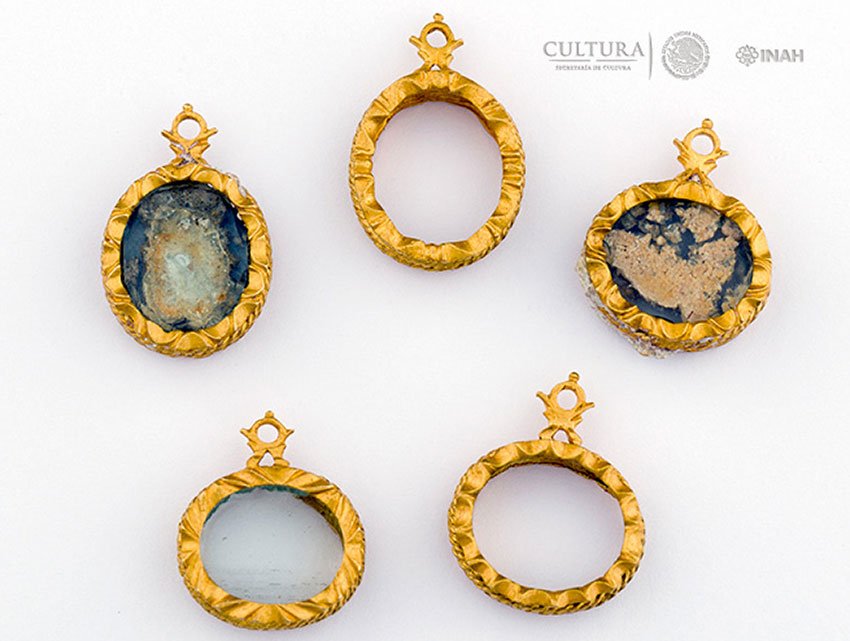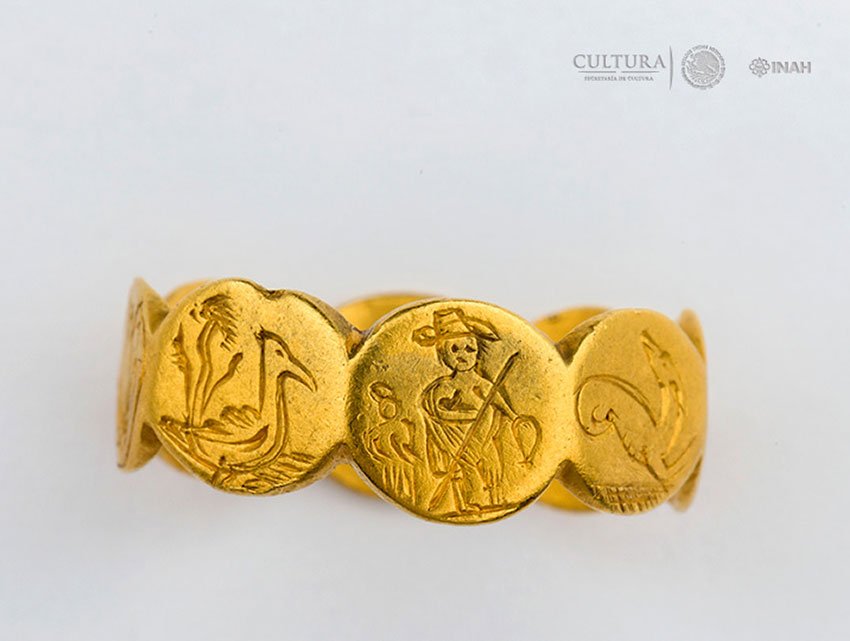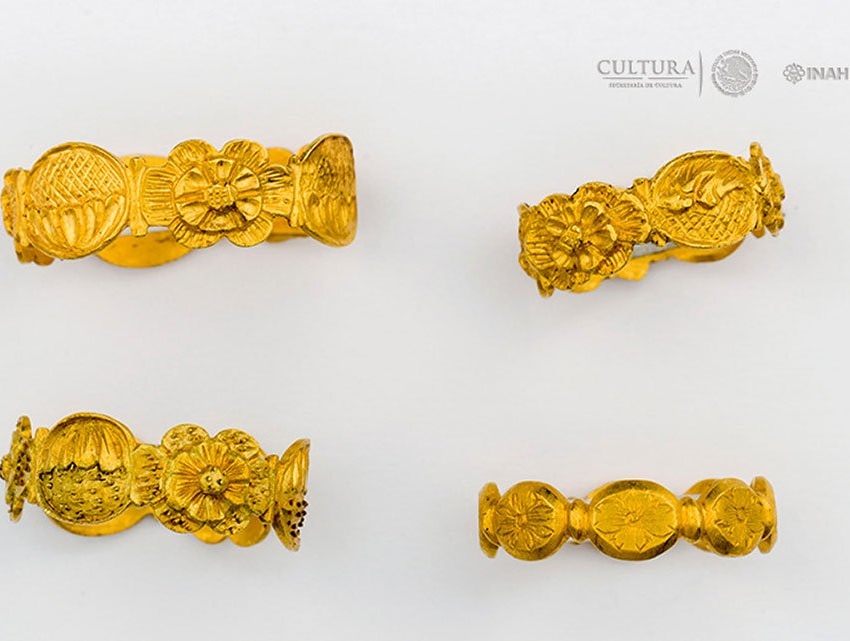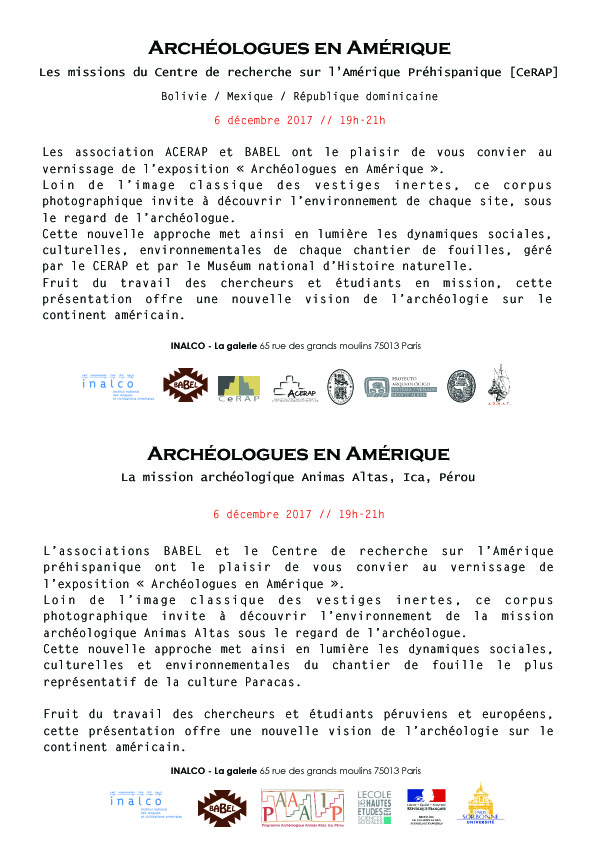Francis Soto, Director of the Government Labs at ONPCS, working with ADMAT on Le Dragon (sunk 1782) in 2019. Hear Francis is discussing one of the iron ballast bars recovered as a sample, from the wreck site in the Dominican Republic.
It is with great sadness that we have to inform the Team that our friend and colleague Francis Soto died on the 25th of July 2023. As you will all know he was the Director of ONPCS Laboratory in Santo Domingo in the Dominican Republic and he was our true friend with over 40 years of maritime archaeological experience. In the maritime archaeological field, he was a legend, having directed and been responsible for the Dominican Republic’s underwater cultural heritage. After being in the Dominican Navy he was one of the first Dominican staff in the newly formed Archaeological Commission under Pedro Borrell who was the first Director General. It then became Oficina Nacional de Patrimonio Cultural Subacuatico (ONPCS) and then more recently DNPCS.
He advised/directed all the Director Generals (most being political appointees with no maritime archaeological experience and so therefore Francis basically was the man in charge) while he was serving his country for nearly 40 years, doing his best to protect the historic shipwrecks. He ran the ONPCS Conservation Laboratory and with his staff and Chief Conservator Isabel Brito, he directed the conservation of thousands of important artefacts. These artefacts being preserved and rescued from lootings and storm damage formed many museum displays and international traveling artefact museum collections.
Francis has been diving on all of the wreck sites in the Dominican Republic and together with Dr Spooner held the collective information on these wrecks.
Dr Spooner was privileged to know and work with Francis since 1997, and will be creating a tribute page to Francis going through some of the stories and sharing some of the ADMAT archives, photos, and video clips of Francis in action over the years.
Francis Soto, may you rest in peace in the sound knowledge that you served your country with distinction, protecting your island’s great underwater cultural heritage! Simply put you were the best, an example to all, a true friend, and guardian of the artefacts. You will be greatly missed.
